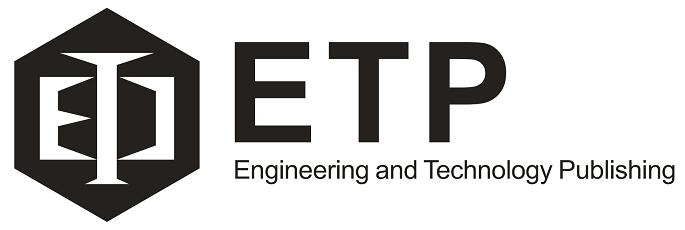IJMERR 2024 Vol.13(2): 184-189
doi: 10.18178/ijmerr.13.2.184-189
Artificial Neural Network Approach for Solving Forward Kinematics of Cable Robots
Tuong Phuoc Tho 1 and Nguyen Truong Thinh 2,*
1. Department of Mechatronics, Ho Chi Minh City of Technology and Education, Vietnam
2. College of Technology and Design, University of Economics Ho Chi Minh City–UEH University, Vietnam
Email: thotp@hcmute.edu.vn (T.P.T.); thinhnt@ueh.edu.vn (N.T.T.)
*Corresponding author
Manuscript received June 8, 2023; revised August 22, 2023; accepted October 25, 2023; published March 8, 2024.
Abstract—In contrast to serial robots, the forward kinematics of cable parallel robots is more difficult to solve because of their nonlinearity and complexity. For cable robots, the forward kinematics is more difficult to solve because it is also affected by the sagging of the cables and driven system. The solution for forward kinematics based on the dynamic model is quite complex, requiring many processing steps to solve the forward kinematics problem. In cable robot control, the forward kinematics problem is necessary to precisely control the position and velocity of its moving platform. The computational methods give suitable solutions for these cable robots, but these methods also have disadvantages like convergence. This paper describes using a neural network model in proposing a solution for the cable robot with cable sagging because of its weight in its workspace. The experiments conducted with the results show that the solution of the forward kinematics by the neural network model increases the convergence of the solutions with a very small evaluation error. A comparison of the calculation results shows that the used model has achieved prediction accuracy with an error of less than 0.1 mm corresponding to CDPR size 4200×3200×2900 mm.
Keywords—cable robots, forward kinematics, inverse kinematics, cable sag, neural network, Multilayer Perceptron (MLP), backpropagation
Cite: Tuong Phuoc Tho and Nguyen Truong Thinh, "Artificial Neural Network Approach for Solving Forward Kinematics of Cable Robots," International Journal of Mechanical Engineering and Robotics Research, Vol. 13, No. 2, pp. 184-189, 2024.
Copyright © 2024 by the authors. This is an open access article distributed under the Creative Commons Attribution License (CC BY-NC-ND 4.0), which permits use, distribution and reproduction in any medium, provided that the article is properly cited, the use is non-commercial and no modifications or adaptations are made.



